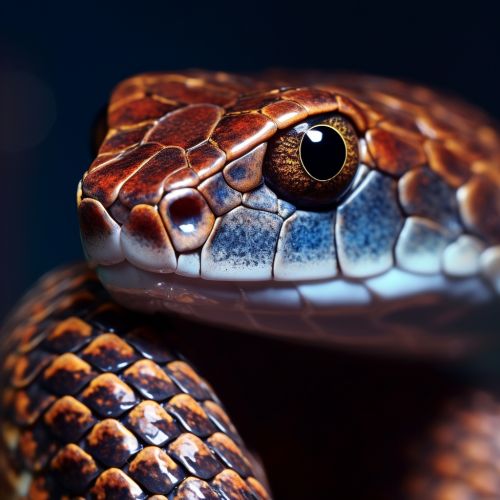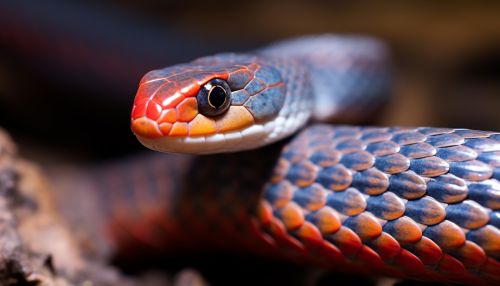Barbados threadsnake
Introduction
The Barbados threadsnake (Leptotyphlops carlae) is a species of blind snake that is endemic to the Caribbean island of Barbados. It is the smallest known snake species, with adults averaging just 10 centimeters in length. Despite its diminutive size, the Barbados threadsnake plays a significant role in the island's ecosystem, preying on small arthropods and their larvae.


Taxonomy and Evolution
The Barbados threadsnake belongs to the family Leptotyphlopidae, a group of snakes commonly referred to as slender blind snakes or threadsnakes. This family is part of the superfamily Typhlopoidea, which also includes the families Typhlopidae and Anomalepididae. The Leptotyphlopidae family is characterized by their small size, reduced visual capabilities, and fossorial lifestyle.
The Barbados threadsnake was first described in 2008 by S. Blair Hedges, a herpetologist from Pennsylvania State University. Hedges named the species after his wife, Carla Ann Hass, in recognition of her support and contributions to his research.
Description
The Barbados threadsnake is the smallest known snake species, with adults averaging around 10 centimeters in length and weighing less than a gram. Its slender body is covered in smooth, shiny scales that range in color from dark brown to a lighter, more golden hue. The snake's eyes are vestigial, meaning they have lost their original function through evolution. Instead of eyes, the snake has a pair of dark spots on its head, which are covered by translucent scales.
The snake's small size and fossorial lifestyle have led to a number of unique adaptations. For example, the Barbados threadsnake has a reduced number of vertebrae compared to other snake species, which allows for greater flexibility in its slender body. Additionally, its jaws are highly specialized for feeding on small arthropods and their larvae.
Distribution and Habitat
The Barbados threadsnake is endemic to the Caribbean island of Barbados, where it is found in a variety of habitats. These include forests, grasslands, and agricultural areas. The snake is fossorial, spending most of its life underground in the loose soil. It is most commonly found in the leaf litter and soil of moist, lowland forests.
Despite its small size and secretive lifestyle, the Barbados threadsnake is thought to be fairly common throughout its range. However, due to its elusive nature, exact population numbers are difficult to determine.
Diet and Behavior
The Barbados threadsnake is a specialist predator, feeding primarily on small arthropods and their larvae. Its diet includes ants, termites, and small beetles. The snake's small size and specialized jaws allow it to feed on these tiny prey items, which it locates using its keen sense of smell.
The snake is most active at night, when it emerges from its burrow to hunt. During the day, it retreats underground to avoid predators and the hot Caribbean sun. Despite its small size, the Barbados threadsnake is a capable burrower, using its slender body and sharp tail tip to navigate through the soil.
Reproduction
The Barbados threadsnake is oviparous, meaning it lays eggs. Females lay a single egg at a time, which is relatively large in comparison to the size of the snake. The egg is laid in the soil and left to incubate. Once hatched, the young snake is fully independent and ready to fend for itself.
Conservation Status
The conservation status of the Barbados threadsnake is currently unknown. Due to its small size and elusive nature, it is difficult to accurately assess the population size and distribution of this species. However, habitat loss due to urban development and agriculture is a potential threat to the snake's survival.
